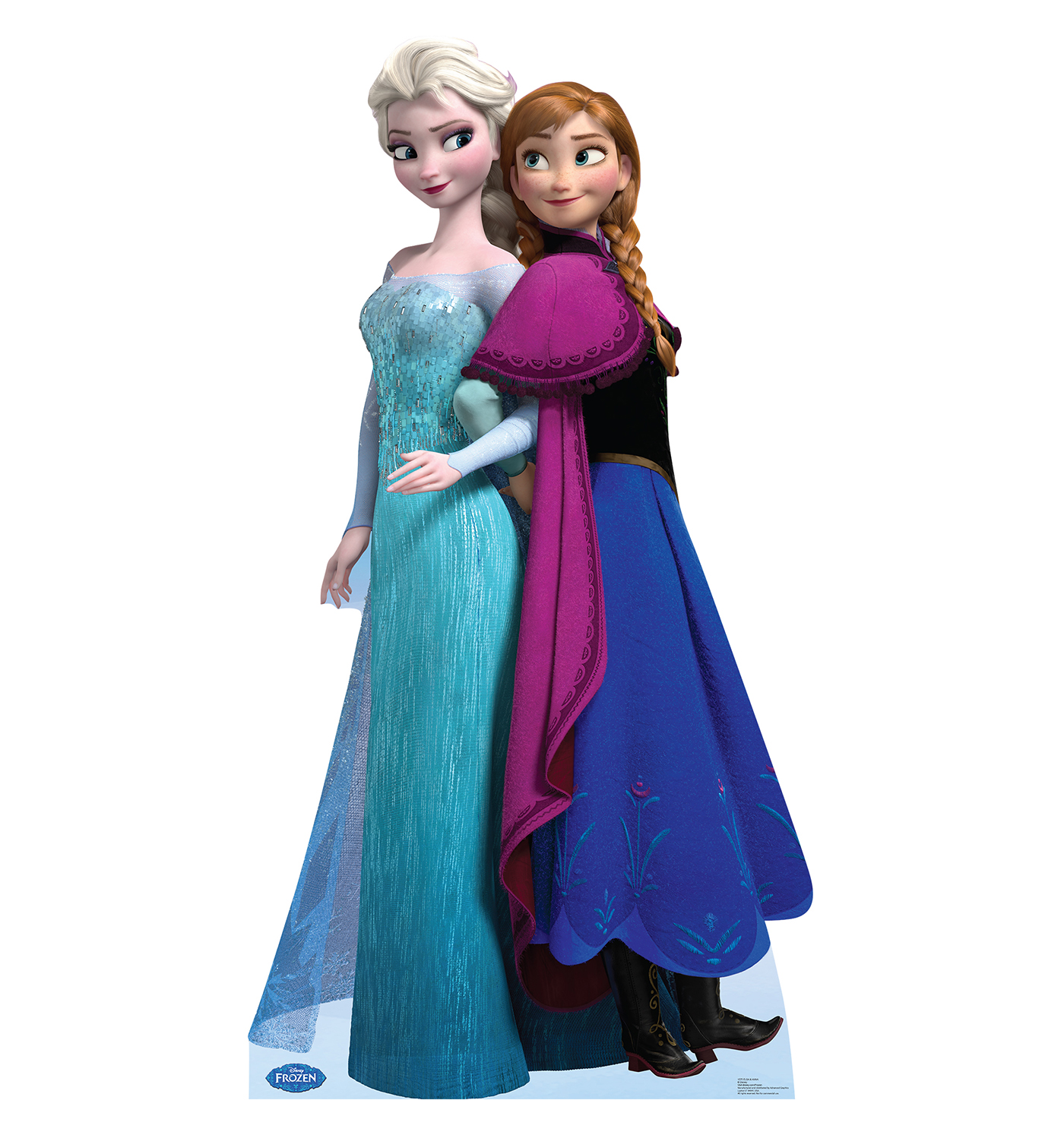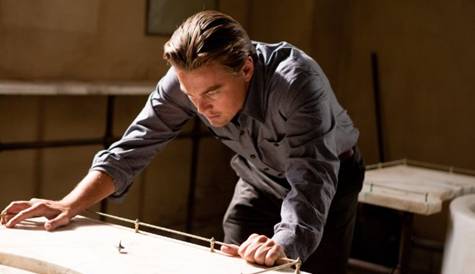Gender may be explained down two different avenues: one as biological and the other as a social construct. Working down the latter avenue one must be more concerned with behavior rather than body parts and these behavioral standards are a direct result of the culture in which we, as individuals, live in. Often, our first exposure to gender constructs is delivered to us through everyday social interactions but more times than not, through a screen at our most malleable stage in life, childhood. Disney movies are just one example of the various types of on-screen vehicles and Disney princess movies, in particular, really drive the idea home of how a traditional male and female should behave. Some of Disney’s earlier princess movies (Snow White and the Seven Dwarves, 1937, Cinderella, 1950, and Sleeping Beauty, 1959) display the female princess to be the typical damsel-in-distress character who needs a strong male prince.[1] Flash forward to more modern times, however, and Disney princess movies have become increasingly more progressive with the release of Mulan and, more recently, Frozen.
The “one-sex” argument claims that we are not defined by the differences in our biology, the gender category that we place ourselves into are a product of behavior and not concerned with surface differences between male and female.[2] With that being said, the characteristics I will assume to be associated with a male figure will be: assertive, smart, and the rescuer and those that I will assume to be associated with a female figure will be: affectionate, tentative, and emotional.[3] The confusion of genders popular culture touches upon is when a female character displays male-associated traits or vice versa.
Contrary to classic Disney princess movies, Frozen’s characters do not fall neatly into well-defined, stereotypical gender roles. Rather, Anna and Kristoff defy said gender roles and prove that gender is a spectrum and gender identification, flexible. The film begins with the introduction of the main characters in conventional gender roles: Elsa’s hyper emotions are frowned upon and concealed within the castle so as to say a woman’s tendency to overreact should be hidden, Anna wants to marry the first man she meets, which is reminiscent of older Disney movie romances. But as the movie progresses, Elsa’s, but more so, Anna’s character transforms into something that resembles gender ambiguity. Kristoff, however, begins the film feminized and remains so until the conclusion.
Anna’s transformation is one that speaks volumes to gender instability. She begins the film entranced by Hans and very much within the boundaries of a typical female figure but is ultimately revealed to be much more than just a pretty face. One of the very first character transformations we see in the film is when Anna asserts herself and decides to search for Elsa on her own despite the pleading of her then-fiancé, Hans. In the older Disney princess films, a female character is never the one who makes the long journey to save the princess, or in this case, the queen. It is always the prince who rescues the princess, never the other way round. Another instance when Anna displays an act of masculinity is when she commands Kristoff to take her up the North Mountain. She is smart in that she bribes him with goods he originally wanted to buy at the trading post and assertive when she refuses no for an answer. Anna continues her growth when she successfully assists Kristoff in fighting off a pack of wolves attacking their sled. In many instances in that particular scene, Anna is seen saving Kristoff, something completely opposite from older Disney movies or traditional male roles in general, where the male character is almost always seen saving the female. Her final moment of gender ambiguity comes when she single-handedly saves Elsa without the help of a male. Anna embodies the definition of gender instability in her ability to maintain her femininity, through her eventual love interest in Kristoff, while also embracing the masculine aspects of gender norms, through her successes in saving Elsa and her home. Anna’s transformation completes when she punches Hans after he betrays her love for him in hopes of acquiring the kingdom for his own. She sheds her initial feminine attitudes and realigns her priorities past romance, destroying stereotypes in one punch. Anna’s metamorphosis into an androgynous character is easily traced over the course of the film; but, Kristoff’s gender growth is not as traceable because he began the film feminized.
Kristoff is introduced as Anna’s guide but quickly becomes her equal and eventual love interest. Through these different stages in Anna’s journey, however, his character is consistently feminized by displaying the trait of affection. Kristoff has a strong bond with his reindeer, Sven; his only friend until Anna. In comparing this observation with older Disney movies, the prince almost always rides an animal but the animal in question is never more than just a noble stead. Kristoff defies this by caring deeply for his reindeer, playing him songs on his ukulele and sharing the occasional carrot with him. Kristoff’s femininity is further shown when he tentatively asks Anna if they may kiss forcing her to take control and kiss him first. Kristoff’s character remains constant throughout the course of the film but his character is not at all a well-defined male; his behaviors are ambiguous just as what Anna’s evolves to be.
Frozen’s progressiveness thus lies in its development of its protagonists and their subsequent behaviors. Scholars, such as Richard Dyer, argue the complete opposite, claiming that entertainment’s utopia doesn’t reside in the narratives but in its musical numbers.[4] The musical numbers in Frozen, however, are not at all utopian in the sense that they support traditional gender roles. They are a setback in the film’s seemingly forward movement. “Love is an Open Door” is a song that sums up the love stories in most of the older Disney movies. It seems to poke fun at “love at first sight” but nonetheless describes a romance prevalent in the film subjecting Anna and Hans to the same stereotypical gender standards as historic Disney films. “Fixer Upper” is the song Kristoff’s troll family sings to him when he brings Anna home. The backwardness of this number lies in his family’s assumption that Kristoff only brings Anna home to announce their engagement. “Let it Go” is considered the breakout song of the film but actually holds some puzzling connotations. On the surface, the song seems progressive in breaking down traditional gender roles because of the independence Elsa gains by singing the song but it is actually a song about her disease. She invites the audience to realize that she abandons her kingdom on the day of her coronation, leaving them to die in the cold. These songs, although catchy in tune, do very little in terms of supporting gender instability, most of the numbers do the complete opposite and support traditional roles. Even in Disney’s Mulan, which also has a strong female lead, the musical number, “A Girl Worth Fighting For,” spells out the stereotypical woman adding to the list of backward-thinking songs Disney chooses to include in its forward-thinking films. What I can say about the musical numbers in Frozen is that the characters that are seemingly trapped in the constructs the musical numbers impose on them are shown to break free based on their following behaviors; Anna realized there is no such thing as love at first sight (and thus concrete gender roles), Kristoff fights his family’s assumptions throughout the entire number, and Elsa learns to control her powers.
Some might also bring attention to the film’s physical representation of the characters, especially the aesthetic of the female characters. Both Elsa and Anna’s waistlines are unrealistically small and their eyes shown to be bigger than their wrists. Animated films “[are] not an innocent art form: nothing accidental or serendipitous occurs in animation.”[5] Animation is a unique type of entertainment in that every part of the film must be fabricated and, as a result, controlled. Elsa and Anna’s unattainable physique is indeed a testament to their femininity but it also allows for further ambiguity in their overall gender. The film, in portraying the two sisters in this way, juxtaposes their physical femininity to their transformation into something more masculine.

The concept of gender is a delicate one as only recently have aspects of culture begun to introduce the idea of gender instability as opposed to the black and white gender roles from cultural artifacts. Gender is not biologically assigned but rather a consequence of an individual’s behaviors. Disney’s Frozen is but one example of the evolution of modern films and shows a stark difference in character portrayal from its older princess movies. Its musical numbers, although regressive, give the audience a taste of what stereotypical gender roles are and allows the characters within the numbers to break free from said stereotypes. The film concludes with two acts of heroism, both performed by the two female characters; Anna single-handedly sacrifices herself to save her sister and Elsa performs an act of true love to save Anna. Elsa’s act of heroism was particularly interesting as she broke down crying, the quintessential distressed female reaction. The film, however, spins this act of hyper emotion into something heroic so as to say the advancement of gender norms in society is one of female transformation and not male.
[1] Descartes, Lara; England, Dawn Elizabeth; Collier-Meek, Melissa A., Gender Role Portrayal and the Disney Princesses. 2011 (will refer to as “Descartes, 2011”)
[2] Clover, Carol. Men, Women, and Chainsaws: Gender in the Modern Horror Film. Princeton University Press. 1992
[3] Descartes, 2011
[4] Dyer, Richard. Entertainment and Utopia. Routledge. 1992. Page 273.
[5] Bell, Elizabeth. From Mouse to Mermaid: The Politics of Film, Gender, and Culture. Indiana University Press. 1995. Page 108.



